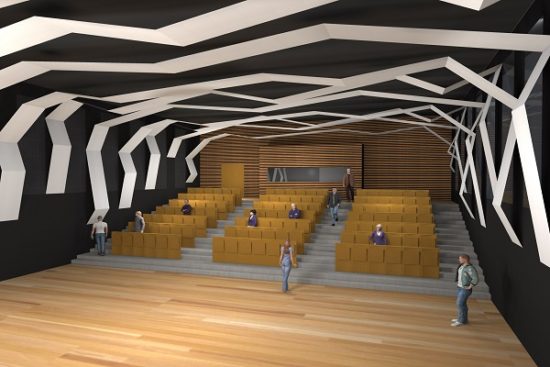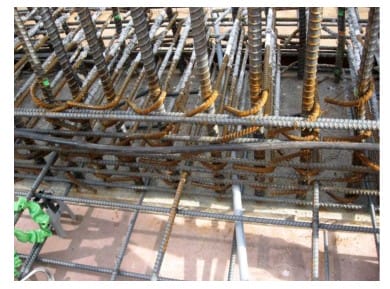No products in the cart.
- Course No E – 1717
- PDH Units: 4
Course No E - 1717
PDH Units: 4
- Course No E – 1717
- PDH Units: 4
Course No E - 1717
PDH Units: 4
Intended Audience: Civil, Building Engineers & Architects.
PDH UNITS: 4
Unwanted sound impacts and affects inhabitants of our created spaces. If it not already, controlling noise will quickly become a mandated concern for designers. Attesting to increasing regulatory focus on noise, is a recent proliferation of standards, guidelines, and codes regarding acoustics. Very soon, many of these guidelines will no longer be mere suggestions. Most concerns covered in these standards, can be addressed with a basic understanding on how sound travels and is reflected, blocked, absorbed, or transmitted by materials and assemblies chosen in designing envelopes. Acoustic design is best addressed in an incremental fashion. This course was written to do just that. Fundamentals are first covered, including basic principles regarding sound, how its energy moves through matter, how its path and intensity can be altered, and how success in the manipulation of sound is measured. Known design strategies are discussed for controlling sound moving; from exterior to interior spaces, from interior spaces to adjacent spaces, within interior spaces, through structural components, and through building systems. Design considerations are outlined for numerous common building functions. Finally, acoustic codes and guidelines in existence now, are listed for consideration.
Learning Objective:
At the successful conclusion of this course, you will learn the following knowledge and skills:- Terminology and principles governing how sound is generated, moves through matter, and is modified by material selection
- Sources of noise that negatively impact users of built environments, generated both outside and from within buildings, including both air borne and structure borne sounds
- Basic design practices for effectively controlling; sound transfer between exterior and interior spaces, noise transfer from interior space to adjacent spaces, and the reverberation of sound generated within spaces
- Effects of sound on building users, based on the environment and the ability of receivers to perceive it
- Ways to measure sound and quantify, both goals in acoustic design, and success in meeting those goals
- Design objectives and recommended best practices for building types where poor acoustics directly impact productivity and health of the users
- Common gaps in construction of spatial enclosures and how to eliminate weaknesses that negate acoustic design intentions
- An overview of regulations and guidelines that either are, or may become law underscoring a need for competency in acoustic design, before legislatures make designing for noise control mandatory
Once completed, your order and certificate of completion will be available in your profile when you’re logged in to the site.








